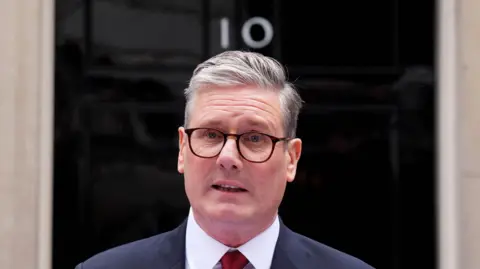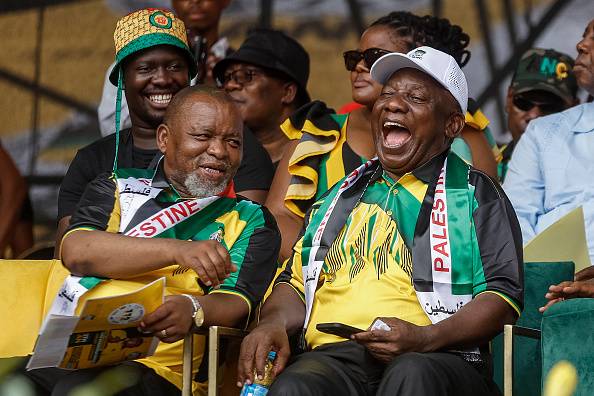AS a young Asian woman growing up in the 70s and 80s, I experienced both racism and sexism in equal measure. As I got older, I genuinely felt that times had changed up until two years ago, when my own autistic daughter was at primary school.
She came home one day when she was ten years old and told me that she thought a character from her favourite anime TV show was “hot” – odd language I noted, but didn’t comment on it. The character was a female one and I assumed that my daughter was just exploring a “girl crush”, to use the words said in her friend group.
Later she told me she had been bullied into saying that she found females attractive and that if she didn’t comply with the group in saying she was “pansexual” she would be ostracised. She was told by the leader of the group of girls that “Cis het people were evil”, that “trans children were killing themselves” and that “trans people face the abuse that women used to receive all those years ago”. Most confusingly – her friend group were now identifying as gay men. They were ten-year-old girls. They were most definitely not gay men.
It’s headache-inducing to unpick isn’t it? It took me a while to try and understand what I had heard. Until then I had been fairly ignorant to the whole trans issue. I knew a couple of transexual people over the years in the alternative scene I was part of and I also knew a few drag queens and cross-dressers. I had a very inclusive and liberal life. My daughter’s godfather is gay. So how did this jargon she was suddenly reporting back to me sit with that?
I realised, after doing a bit of digging, that a strange kind of misinformation was leaking down into primary schools. Children were watching TikTok videos, playing multi-user games like Roblox, engaging with other types of social media like Reddit and – attracted and encouraged by the bright glitter and rainbow colours of the current LGBTQ+ movement – were now identifying as being “queer”. A word that seemed to mean everything and nothing. A word that my gay friends saw as an insult, but now appeared to be increasingly used by straight children to include themselves under the rainbow flag. The rainbow flag that is widely touted by supermarkets, banks, oat milk brands, and schools.
It would all be OK if it wasn’t causing mental health issues in children. My daughter would come home from school crying. Every lunchtime the girls would obsess about their genders – they said there were hundreds of genders. They got riled up about inequality. They told her that heterosexual people were evil. There was no logic or sense to it. I initially thought it was just a pocket of children, but it turns out it’s not uncommon now for young people to make statements that even my older friends who are LGB find baffling and offensive, for instance that men can magically become lesbians if they say so.
At her current high school there are children who are now being called by new names, without their parents being told. She shows me videos the children share with each other where they say they have been born in the wrong body. At one point her old group of friends were getting excited about buying each other breast binders for Christmas and talking about what to say to a doctor in order to get prescribed puberty blockers. “Just say you are suicidal,” was the advice given.
I wonder where the adults are in all of this. At what point will those in charge and responsible for safeguarding step in, take a look at the social contagion and address what is happening with young people at a time when they should be focusing on their education and not misinformation. I also wonder what will happen to these confused children when they grow up if they do go along the medical path.
I suspect we will have a generation who turn to their parents and say “Why didn’t you protect me?”. And all we will be able to say is, “We were bullied and threatened into not being able to speak up”.
A concerned mother in Scotland



